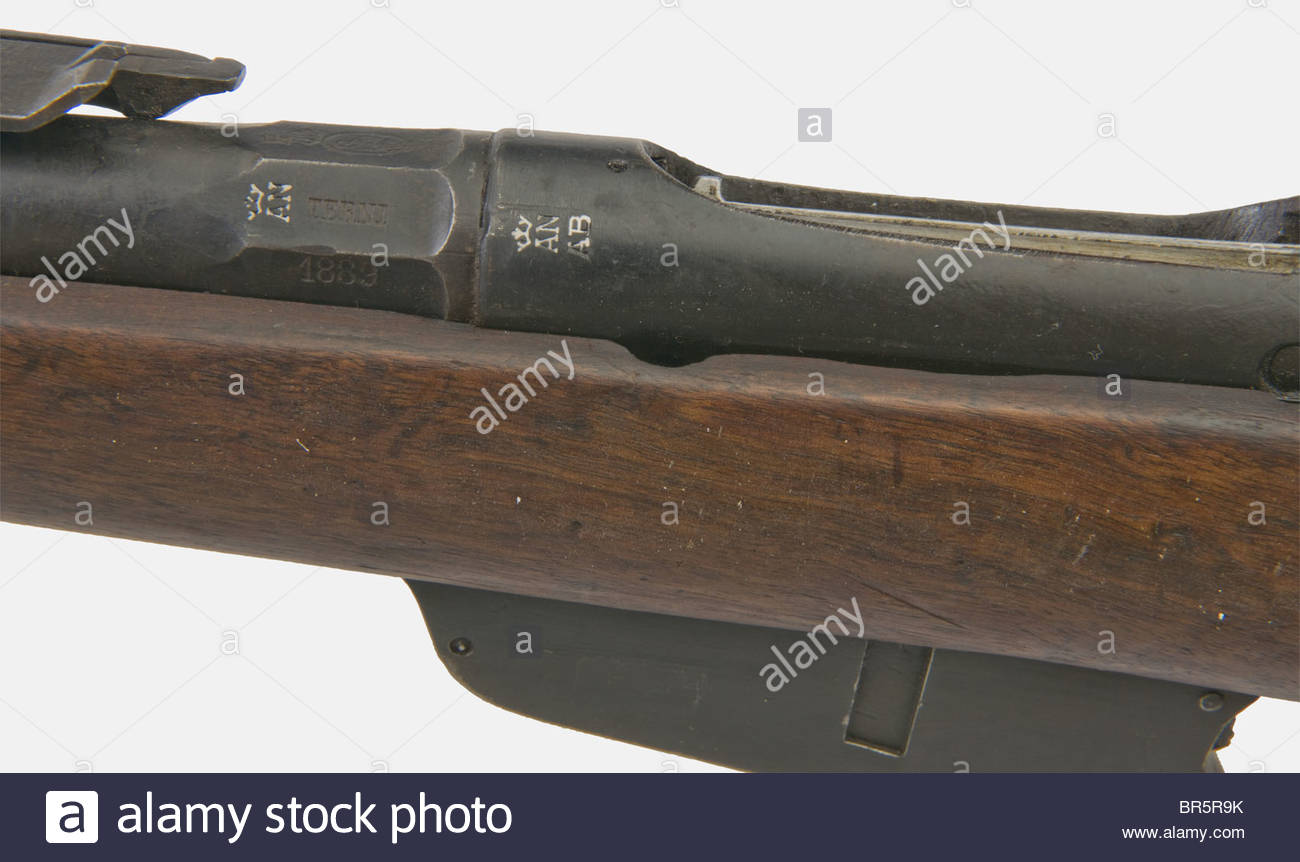

I wondered further if I should clean it or leave it untouched. I wondered if this could be a combination of grease applied to protect the piece which was totally impregnated with dust from the Sahara. When I obtained the piece it was deeply covered both inside and out with a fine almost powdery dust that was 'caked' on and almost as hard as a rock. The adjusting knob is marked ALD (elevation ?) and SI (?).
TERNI RIFLE SERIAL NUMBERS SERIAL NUMBER
The scope has no visible serial number but it could be under the paint. I presume this was done to camouflage the rifle (?). The receiver of the rifle, the scope tube, and the two bases are covered with a light to medium color brown paint. it will show up in the photo ) is the BERETTA marking on the top of the scope body.

7 is the scope in place on its bases on the rifle. bottom of the scope base to insure totally correct alignment. The connecting rod between the two clamp sides and the screws fits into corresponding grooves in the.

6 illustrates the two bases with the clamping sides and tightening screws which are knurled and tightened by finger pressure and with a screwdriver. 7.35 stamp to insure the use of the proper ammunition. 5 is the left side rear of the stock with the matching serial number, the well struck Terni arsenal seal, and the prominent Cal. 4 shows the original 1917 serial number above and the 1939 serial number below. This is the first time I have ever seen a re-worked and re-issued Carcano although such pieces are quite common among the rifles of other nations. The barrel was bored out to 7.35mm in 1939 at Terni and re-issued and numbered to this rifle. I 6.5mm barrel made in 1917 at Terni Arsenal. It shows that the barrel was originally a W.W. 3 is a view of the top of the rear of the barrel. 2 is a close-up of the right side showing the action, the scope mounted, its eyecup, and the sling.
TERNI RIFLE SERIAL NUMBERS FULL
Photo 1 is a full length view of the left side of the rifle with the scope in place. Could one ask for more? I was not at the show but a friend of mine was and he immediately bought the piece. The scope still had the original rubber eyecup. Best of all, it had an optically perfect, Beretta made telescopic sniper scope in two left side rail mounted clamp type bases. It was in excellent condition, matching, had beautiful bore, an original sling, and the two cleaning rods in the butt trap. It was a Model 38 Cavalry carbine in 7.35mm caliber - quite a scarce rifle in itself and one I did not have in my collection. It was stated that it came from North Africa and it was accompanied with an Italian pith helmet and a. Then it happened!Īt the last Tulsa Gun Show a man came in carrying a rifle that his next-door neighbor had brought back from his service in W.W. He based this statement on his thirty years of collecting data on Carcanos and the fact that he too had never even seen a photo of one in all that time.įour years ago I was fortunate enough to finally purchase a Lebel sniper to give my collection a representive example of a French sniper rifle (see Issue 61 of the MRJ ) but still had yet to locate or even hear of an Italian example. I have seen two different pictures of French snipers with scoped Lebel 86/93 rifles in trenches but have NEVER seen even one picture of an Italian soldier with a scope mounted rifle.ĭick Hobbs, in his book on the Carcano, states flatly that no telescopically equipped rifles were issued to the Italian Army. Why, then, are French and Italian sniper rifles apparently absent from collections in this country and even pictures of their soldiers equipped with scope mounted rifles never seen. These armies were predominantly infantry and infantrymen are armed with rifles - thus there were certainly over a million French and Italian rifles manufactured. Both nations had armies numbering over a million men in both World Wars I and II. From the January 2000 issue, pages 6 - 10.Ī seemingly odd fact has long puzzled me and other collectors of French and Italian rifles.


 0 kommentar(er)
0 kommentar(er)
